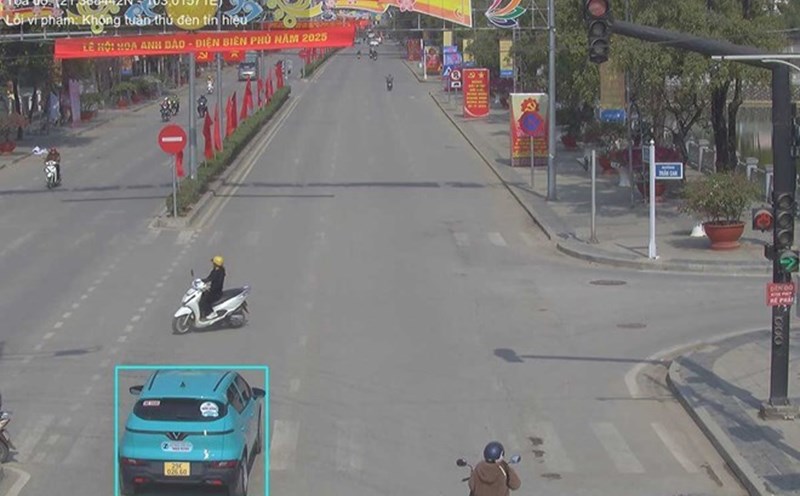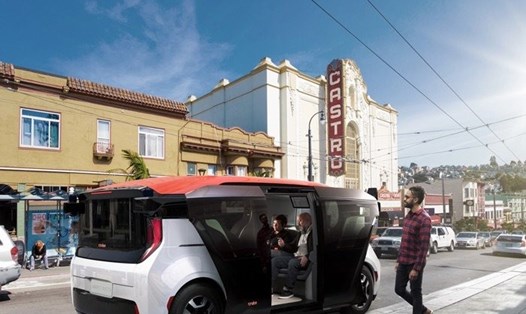Camera: The eyes of a self-driving vehicle
The camera acts as the eyes of the vehicle, recording images of the surrounding environment in real time. Self-driving cars are often equipped with multiple cameras in different locations to create a 360-degree panoramic view.
These cameras help vehicles detect road markings, traffic lights, signs, pedestrians and other vehicles.
However, according to Michael Schneider, a traffic engineer at Stanford University, cameras are limited in low light, heavy rain or fog, when the ability to identify objects becomes inaccurate.
This is why cameras need to be combined with other supporting technologies.
Lidar: A vivid 3D map of the real world
Lidar (abbreviation of Light detection and Ranging) is a technology that uses laser beams to measure distance and recreate surrounding space into an accurate 3D map.
The biggest advantage of the Lidar is its ability to operate well in many weather conditions and light environments, helping the car "see" objects within a range of tens of meters with high accuracy.
According to Dr. Elena Fischer, an expert at the Fraunhofer Research Institute (Germany): Lidar helps determine the shape and distance of objects around a vehicle in real time, something that a camera or radar cannot do alone. However, high costs and device size are still major barriers to popularizing this technology.
Artificial Intelligence: The brain processes all decisions
If the camera and the Lidar are the eyes and ears of autonomous vehicles, then artificial intelligence is the "brain". AI processes data collected from sensors, analyzes, predicts traffic behavior and makes immediate decisions such as: acceleration, braking, lane change, or stopping.
Modern AI systems use deep learning techniques to "learn" from millions of km of driving data.
Thanks to that, AI is increasingly improved in analyzing complex situations such as crowded intersections, narrow roads, or motorbikes moving suddenly, which are characteristics of Asian urban areas.
Combining three technologies Key to safe self-driving vehicles
Although each technology has its own strengths, the combination of cameras, Lidar and AI is the key to helping self-driving cars operate safely and effectively
Technology companies such as Tesla, Waymo, or Baidu are pursuing different strategies, some companies prioritize Lidar, while others choose cameras and radar combined with AI.
Regardless of which technology is chosen, the ultimate goal is still to build a system that is smart enough and reliable enough to replace the humans behind the wheel.
With these technologies improved, lower costs and the law catching up with reality, autonomous driving promises to no longer be a distant prospect.










